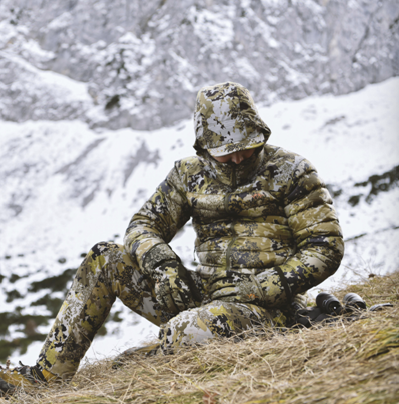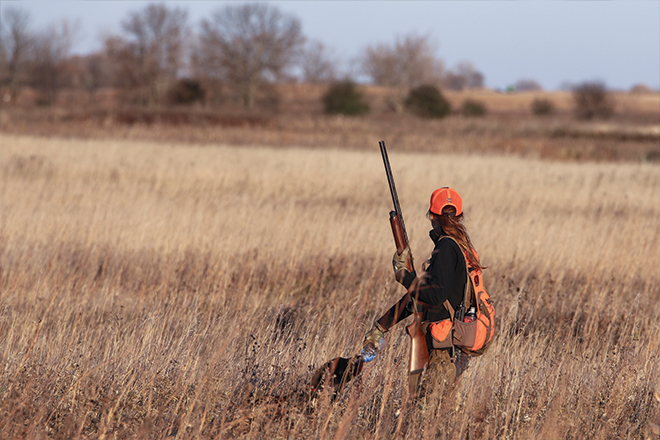
New York State's Health Insurance Program (NYSHIP) is a unique health insurance plan designed exclusively for public employers. Participants must be employed at a public company and meet certain requirements. The HIP survey can be a valuable tool for the USFWS in monitoring migratory bird harvest and setting annual regulations. Participants can complete the HIP survey on their own and they will receive a copy by mail. However, the New York State requirement for participating began on September 1, 1998.
nys hip requirements for junior hunters
Hunters who wish to hunt in New York are required to meet certain qualifications. Hunters must be 12 years or older, fully licensed and registered with New York State Harvest Information Program. Junior hunters must be accompanied in hunt by an adult licensed hunter, who must have a duck stamp. Junior hunters can only take birds on days that the regular season is open.
New York State Health Insurance Program is an exclusive health insurance program that's only available to New York State public employers
New NYSHIP is a comprehensive program that provides health insurance for all state employees. It also covers The Empire Plan and NYSHIP approved Health Maintenance Organizations. The Empire Plan offers a wide variety of medical services. Public employees can choose whether to receive medical care from participating providers, or from non-participating facilities. Since April 14, 2003, this plan has been in operation.
The plan is divided into two parts. Part A coverage is obtained by paying payroll taxes during the working years. Part B coverage is acquired through voluntary premium payment. The program is only available to employees and their dependents if they meet all the requirements. With over 10,000 employees being covered, the program's enrollment rate has been high. The current capacity of the program is four times that.

FAQ
The U.S. Department of Agriculture (USDA), estimates that about 1 percent of hunters kill deer each year.
USDA estimates that about 6 million Americans hunt deer. Only 2.2 million shoot one.
This means that only 0.6 percent kill deer each year.
How much does it take to hunt?
A hunting trip costs different depending on where you live and what kind of wildlife you want to hunt.
A two-person hunting party costs between $500 and $1,000 on average. This includes accommodation, food as well as equipment, licenses and gas.
Certain areas may have higher prices than other. Hunting during peak seasons such as the fall turkey and spring turkey seasons will result in higher prices.
What training is necessary to become a hunter How long does it take?
An introduction course is necessary to learn how hunting works. This course will teach you about hunting and give you information about the laws.
You will learn how to properly handle firearms and ammunition. These items can also be used safely.
This course can take anywhere from two to three weeks. Some courses can also be done online. Other courses are available in person.
A written test must be passed to become eligible for a licence. You may also need evidence that you have taken a hunter-education course.
What does it cost to be licensed? What if there isn't enough money?
The cost to get licensed depends on where you live. The cost of licensing can range from $20 to more than $100.
You may be able apply for a loan or grant if money is tight.
To pay the tag fee, you must also pay the fee. You can choose the type of game that you want to hunt and how much it will cost. Tag prices vary.
There are tags available for bear, elk and moose as well as waterfowl, upland birds and furbearers, such as foxes.
You may need to register with the Department of Natural Resources in some states before you can get a license.
Check the regulations in your area before you hunt.
Statistics
- Thanks to the 1937 Pittman-Robertson Act, an 11% excise tax was placed on the sale of firearms, which were then used for conservation. (stacker.com)
- According to the Wildlife Restoration Act, passed in 1937, most of the state conservation efforts are funded through hunting and fishing license sales and firearms sales. (stacker.com)
- Indiana, for example, saw a 28% jump in turkey license sales during the first week of the season. (stacker.com)
- - Percent of residents with paid hunting licenses: 0.7%- (stacker.com)
External Links
How To
How to choose the most desirable hunting spots in the forest
Knowing what kind of game you wish to hunt is the first step in hunting. There are many kinds of animals and birds that live inside forests. Each species has its own habitat requirements. You won't find any area where you can catch them.
There are two main categories of animals that inhabit the forest: large mammals and small ones. Deer, elks, mooses, caribous, bears, wild boars, and wolves are all examples of large mammals. The smallest animals are rabbits (squirts), squirrels, hares and partridges. Each species requires a specific habitat. You must ensure that you pick the right location before venturing out into the woods. You can find information about endangered species within your locality by visiting the flora or fauna list. You must ensure that your hunting area is protected from poaching if it's a species you wish to hunt.
It is important to understand how to set up equipment for hunting a particular species. Because it can affect your success rate, it is important to have the right equipment. If you are hunting rabbits, for example, you will need a gun capable of accurately shooting at close range. However, if your goal is to hunt larger animals like deer or elk, you will need a rifle that can shoot long distances. A bait is also necessary to attract the prey. Some people suggest placing meat in a trap to attract the animal. Others prefer corn butter or peanut butter. No matter what method you use, you must adhere to the laws and regulations in the country you are hunting.
You need to consider many factors when choosing a hunting location, including weather conditions, terrain, vegetation and wildlife population. When selecting a place to hunt, always remember that the most important factor is safety. It is important to choose a safe hunting area that is free of predators and other dangerous animals. You should avoid areas with high populations, especially during hunting season. The seasons can help you plan when to hunt.
The weather is also important when you are choosing a hunting spot. This is vital as it affects the number and species of animals that are likely to be present. When temperatures drop below zero Celsius, snow covers the ground. The thick snow layer makes it difficult for coyotes, bears, wolves, deer and other animals to be seen. You might spot them if the weather is clear. In summer, temperatures can reach 30 degrees Celsius and the sun heats the earth. Animals move away from the heat to seek shelter, making it easier to locate them.
You should also consider the terrain. You can easily walk and run across the area on a flat surface. But uneven surfaces require more effort. Steep slopes are more difficult to climb. Rivers and streams can also cause muddy trails. Try to find a place that doesn't have any obstacles, so you can easily travel through the area.
The vegetation should be considered as well. The environment can affect the size and density of plants. For smaller animals, larger trees provide shade and cover. While shrubs and bushes are great hiding spots for them, they can also be used as shelter. Dense vegetation will help you find large animals.
Also, it is important to consider the number of animals in your area. There are more than 100,000,000 deer in North America, according to statistics. They eat half of what crops produce and play an essential part in maintaining biodiversity. They can also become pests and endanger the ecosystem if their numbers grow too fast. Therefore, it is vital to keep the population balanced.